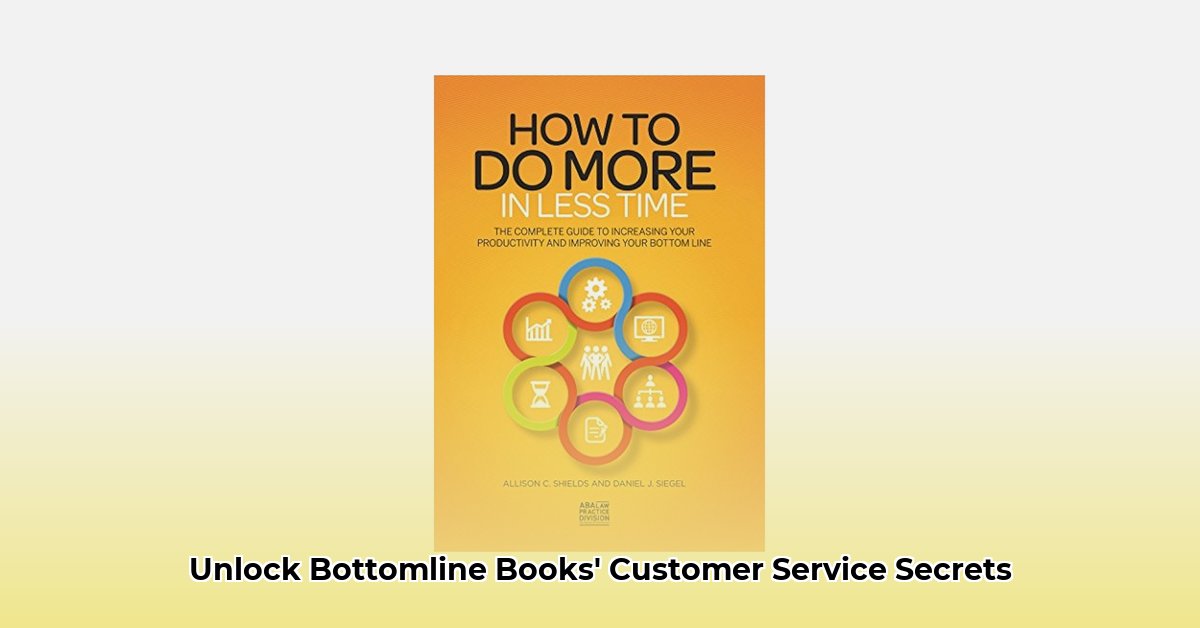
Navigating the Financial Landscape of Remote Patient Monitoring (RPM) in Healthcare
The healthcare industry is undergoing a rapid transformation driven by technological advancements, with Remote Patient Monitoring (RPM) emerging as a key player. RPM, which leverages wearable sensors, telehealth platforms, and mobile apps to monitor patient health remotely, offers significant potential for improved patient outcomes and cost savings. However, realizing this potential hinges on effectively addressing the unique financial challenges inherent in implementing and sustaining RPM programs. This article analyzes the complexities of RPM financing, offering actionable strategies to ensure profitable and sustainable growth for healthcare providers.
The Complexities of RPM Financing: A Multifaceted Challenge
While the benefits of RPM – reduced hospital readmissions, improved patient engagement, and enhanced care coordination – are compelling, several factors complicate its financial viability. The uncertainty surrounding long-term cost savings, as highlighted by varying research results, creates hesitancy among investors and healthcare providers. Furthermore, the success of RPM is intrinsically linked to consistent patient engagement. Low patient adherence to monitoring devices and applications significantly diminishes the value proposition and undermines financial returns. This highlights the critical need for user-friendly technologies and proactive customer support.
Another major concern revolves around data security and regulatory compliance. Protecting sensitive patient data requires significant investment in robust security measures and adherence to regulations like HIPAA (in the US) and GDPR (in Europe). These compliance costs represent a substantial financial burden, underlining the need for efficient and effective risk management strategies. Finally, the initial investment required for hardware, software, and staff training can be substantial, demanding carefully planned and executed financing strategies.
Boosting Bottomline Books Customer Service: Key Strategies for Success
Exceptional customer service is not merely a supplementary feature in RPM programs; it is a cornerstone of financial success. A proactive approach, characterized by anticipating potential problems and offering timely solutions, is crucial. This includes providing comprehensive onboarding tutorials, personalized support tailored to individual patient needs, and proactive troubleshooting of common technical difficulties. This proactive strategy reduces user frustration, increases engagement, and improves the overall ROI.
Seamless integration of RPM technology with existing healthcare systems, such as Electronic Health Records (EHRs), is also vital. A clunky, inefficient system will quickly lead to user abandonment, hindering data collection and impacting revenue. Effective data analysis is critical. This allows providers to identify trends, pinpoint areas requiring improvement, and proactively address issues before they become widespread problems. Open, honest communication with patients is essential, fostering trust and confidence in the RPM program while maintaining transparency in data handling and program progress. Finally, investing in thorough training for customer support staff is crucial. Well-trained staff are a vital asset, ensuring timely and accurate resolution of problems and enhancing overall customer satisfaction.
Diverse Perspectives: A Collaborative Ecosystem
The successful implementation of RPM requires collaboration across multiple stakeholders. The perspectives of key players—healthcare providers, insurance companies, fintech companies, and patients—differ but are interconnected.
- Healthcare Providers: Prioritize program implementation, seamless EHR integration, and comprehensive RPM strategies. Excellent customer service ensures smooth technology adoption and effective data collection.
- Insurance Companies: Focus on value-based reimbursements, risk mitigation, and the potential for cost savings through RPM. Customer service facilitates clear communication, data transparency, and efficient reporting.
- Fintech Companies: Must develop innovative RPM financing models, secure data sharing platforms, and reliable support infrastructure. Effective customer service is vital for building trust and managing expectations.
- Patients: Need easy-to-use technologies, a clear understanding of benefits, and responsive customer support. A positive customer experience ensures adherence to the monitoring program.
The Future of RPM: A Collaborative Path Forward
The future of RPM lies in a collaborative approach, where all stakeholders work together to overcome challenges and optimize the benefits of this technology. Exceptional customer service is not an optional extra; it is fundamental to building a sustainable and successful RPM ecosystem. By emphasizing data security, user-friendly technologies, and readily available support, the healthcare industry can unlock the full potential of RPM, transforming patient care and improving health outcomes while ensuring long-term financial viability. Continuous research and development will further refine and improve RPM financing strategies, bolstering financial sustainability and improving patient experiences.
How to Finance Remote Patient Monitoring (RPM) Programs Effectively
Three Pivotal Points for RPM Financial Success:
- Accurate Billing and Reimbursement: Mastering the complexities of CPT coding and payer requirements is crucial for securing timely and accurate reimbursements.
- High Patient Engagement: Consistent patient participation directly translates into more data, higher reimbursement rates, and a stronger ROI for RPM programs.
- Efficient Workflow Optimization: Employing effective technologies and streamlining administrative processes are key to maximizing revenue and minimizing operational expenses.
Successfully financing an RPM program requires a nuanced understanding of reimbursement models, patient engagement strategies, and efficient workflow optimization. Effective billing practices are paramount. Accurate utilization of CPT codes (99453-99458) per Medicare guidelines, along with understanding reimbursement policies from different insurers, significantly impacts the financial success of an RPM program. Patient engagement is not just about user-friendliness; it is directly tied to revenue generation. Higher engagement translates into more data for billing, making education and readily available support critical. Finally, efficient workflows, aided by technology and optimized administrative processes, minimize expenses and maximize the return on investment. The initial investment may seem significant, but the potential for recurring revenue from consistent patient participation ensures long-term financial viability. Strategic partnerships and potential outsourcing of certain functions can also improve overall financial sustainability. Careful planning, monitoring, and continuous adaptation are essential for navigating the complexities of RPM financing and building a successful, financially sustainable program.